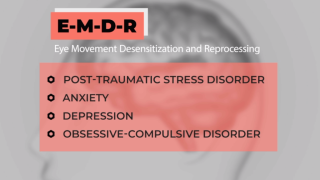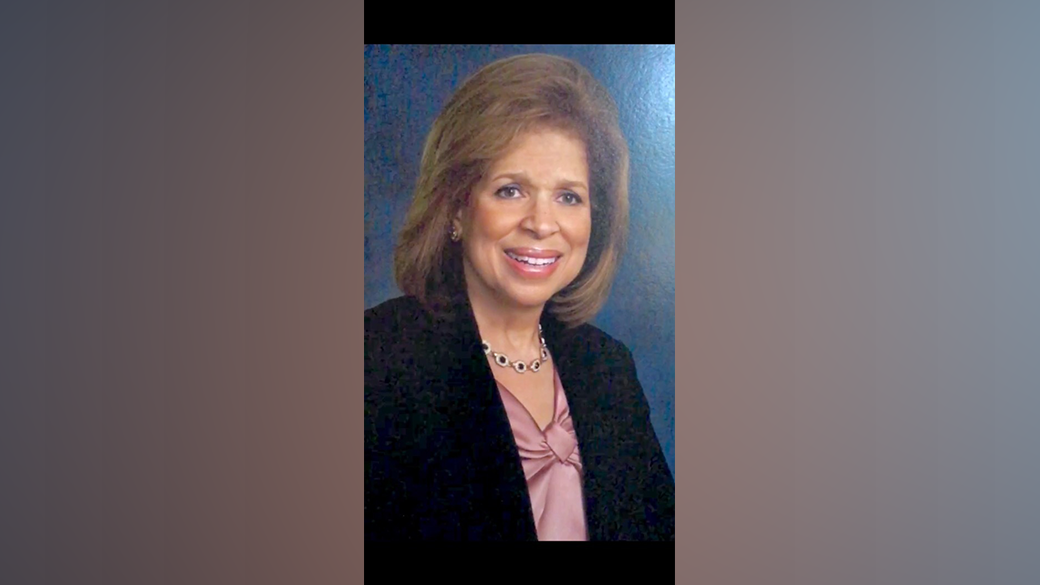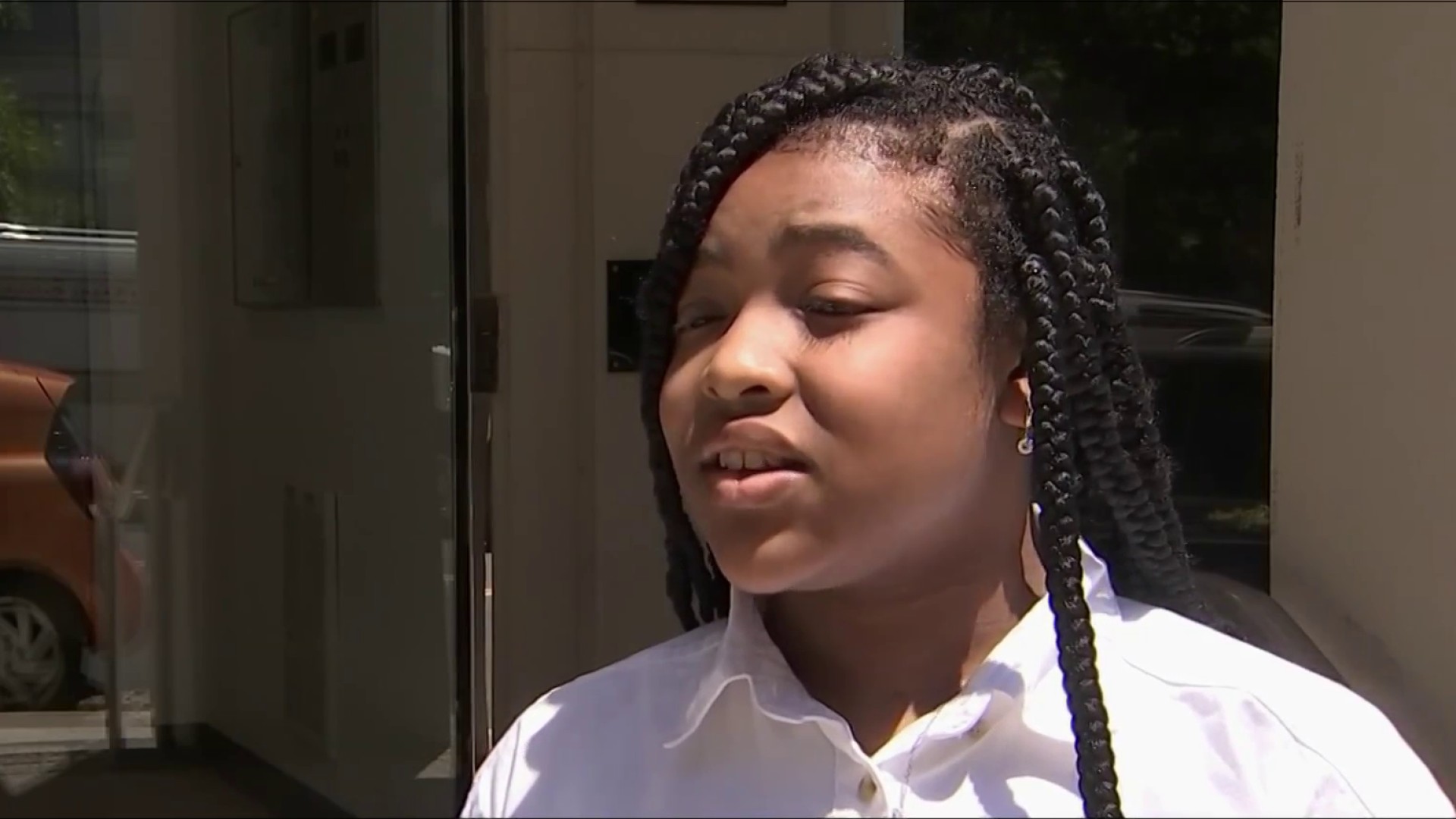
In a new docuseries for Apple TV+ called “The Me You Can’t See,” Prince Harry opened up about his mental health to Oprah, crediting a therapy called EMDR with helping him cope with the trauma from his childhood.
EMDR stands for eye movement desensitization and reprocessing. It’s a psychotherapy treatment that uses eye movements to treat things like post-traumatic stress disorder, anxiety, depression and obsessive-compulsive disorder.
Harry said the technique helped him cope with anxiety and lingering trauma more than 20 years after the death of his mother.
“I was willing to drink, do drugs. I was willing to do things to feel less like I was feeling. And I found myself drinking not because I was enjoying it, but because I was trying to mask something,” he said to Oprah.
Harry was just 12 years old when his mother, Princess Diana, was killed in a car crash.
He eventually turned to drugs and alcohol to numb the pain of that loss, and it wasn’t until years later that he sought help in the form of therapy.
Dr. Elspeth Cameron Ritchie heads the department of psychiatry at MedStar Washington Hospital Center in D.C.
“It acts to help get the memories out, have them resurface a little bit better, in a less dramatic way,” Ritchie said.
She explained that this type of specialized treatment started in the late 80’s.
“Usually the person either looks back and forth at an object or clicks back and forth,” Ritchie said, “and sometimes associating tapping movements.”
During sessions, patients recall painful memories in short doses while a therapist simultaneously directs a patient's eyes to move back and forth, diverting their attention and making the thoughts less emotionally upsetting.
That bilateral stimulation not only creates a soothing effect, but it activates both sides of the brain. Over time, the technique shifts the way the brain processes the trauma, allowing you to see the experience in a new way.
“The good thing about EMDR is you usually get results quickly,” Ritchie said. “So in my experience, it's usually within a couple of weeks. And that's faster than medication.”
During therapy, a doctor and patient often talk about ways to deal with possible triggers, too.
For the Duke of Sussex, it meant finding ways to cope with traveling home to London for his grandfather’s funeral back in April, which triggered a lot of painful memories.
Ritchie believes EMDR is best suited for people who have experienced extreme cases of trauma.
“I have seen, for example, the Israelis use it quite a bit. And they often use it right after a traumatic bombing or shooting in the emergency room,” Ritchie said.
As for Harry, health experts praise his openness for shattering the stigma that keeps so many from reaching out for help about their own struggles.
“Just his forthrightness in terms of being willing to talk about it is a real help,” Ritchie said. She encourages more conversations about therapy and mental health in the office, at home and in the media to tackle what lies ahead.
EMDR can be used in combination with medication and other treatments.
Finding a therapist, however, can be difficult since it’s a very specialized type of therapy. There’s still a lot people don’t know in terms of how the treatment works and who’s the best candidate.
Health officials said more research is needed in the field. Ritchie said the Department of Veterans Affairs is a good place to go for more information and resources.



